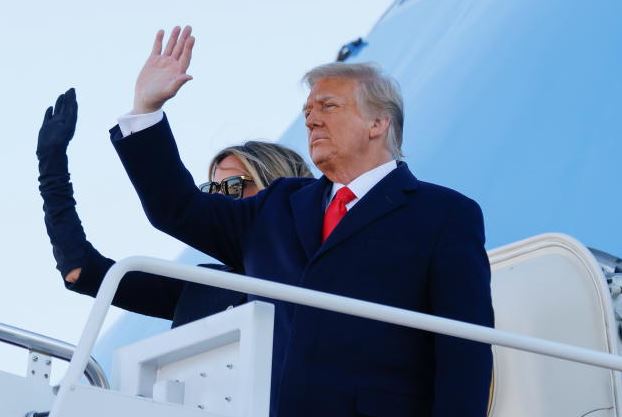×
The Standard e-Paper
Smart Minds Choose Us

When Jimmy Carter left the Joint Base Andrews on January 20, 1981, Air Force One, (the state-of-the-art presidential jet) flew the humble ex-president to Georgia, where he was driven by a pick-up truck to his farm on the rural outskirts of the Peach State, where he grew acres of peanuts.
There, he discovered that the trustees he’d left in charge during his one term in the White House had not only run the farm to the ground, but also left him a million dollars in the red.